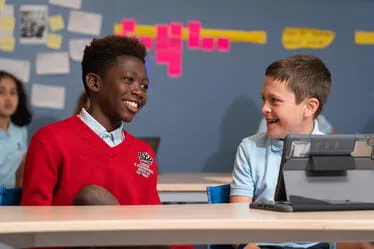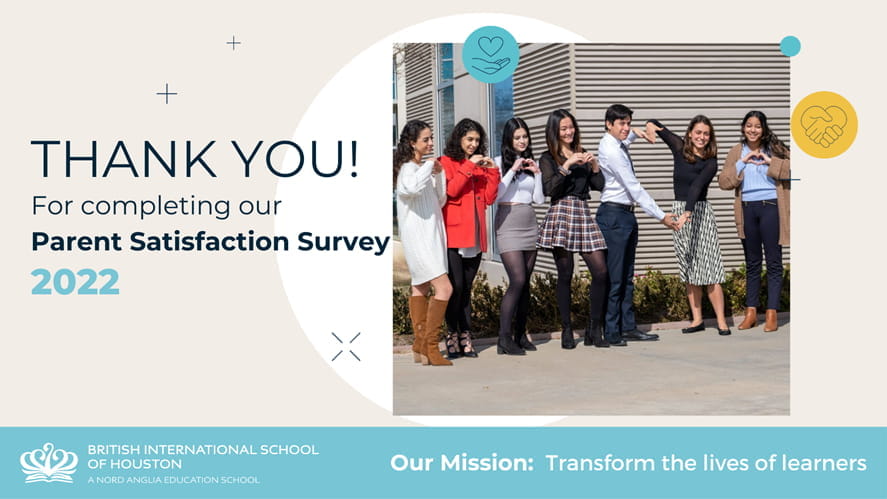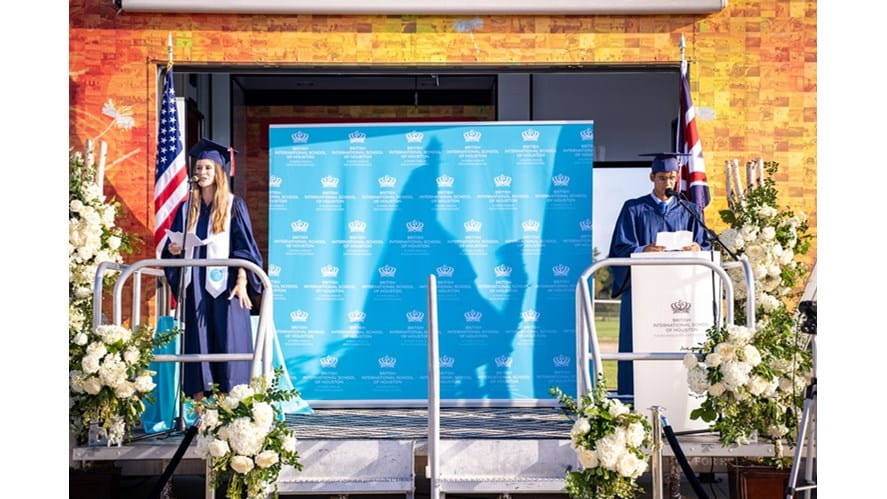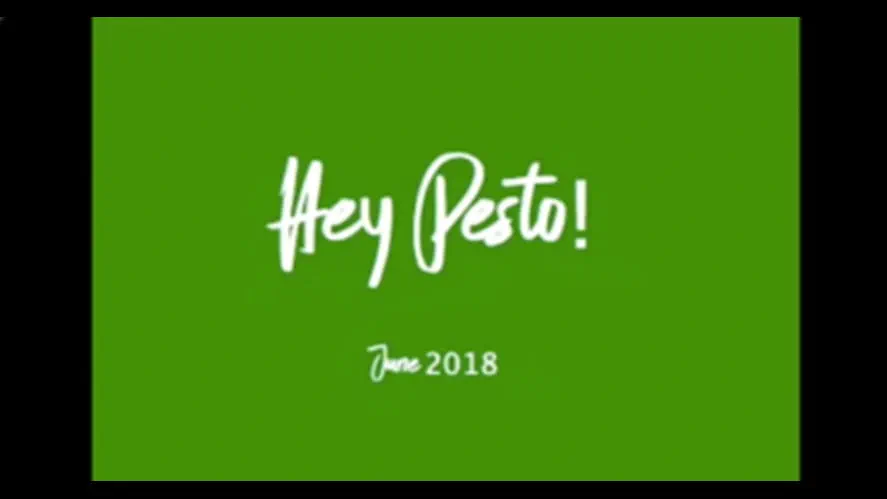A Growing Fascination Children are often curious about how and why things grow and seem to enjoy returning to plants and flowers to observe how they change over time.
It can be an opportunity to for them to nurture and tend to something, and to learn that they can have an impact on another living thing. They come to understand what plants need to survive, how they change as they grow and also that food that they eat is cultivated in this way.
There is immense satisfaction when the children finally get to eat something that they have fostered from a tiny seed.
When a group of children saw some stacked plant pots beside the windows in the Atelier one of them asked why they were there. I explained that they could be used however they wanted. We sat by the pots and talked about what we could do. It was lovely to hear the children come up with ideas and to spark off one another’s comments.
“We could grow flowers” – Juliette
“Or a orange tree.” – Noah
“Or a grape tree.” – Juliette
“Flowers. In my home, I have flowers in my garden.” – Valeria
“We planted flowers outside. They didn’t grow.” – Freya M
“Yes. We planted seeds.” – Juliette
“It didn’t rain so they didn’t grow.” – Noah
“If you plant an apple seed maybe it makes an apple tree.” – Nola
“Bananas can grow on trees.” – Freya M
“Spaghetti trees.” – Noah
“There’s no spaghetti trees.” – Martina
As we ate snack the following day the children returned to this discussion:
“I’m excited to grow vegetable and snack to eat.” – Anna
“Trees with flowers.” – Valeria
“Blueberries. To eat.” - Nabilah
“Christmas trees.” – Noah
“Christmas trees need snow.” – Bilal
“No water. They need water.” – Luke
“And the sun.” – Lara
“A lot of sun.” - Anna
“We can put the plants on a table.” – Juliette
“By the sun.” – Jude
“We put dirt into the pots. And mud.” – Gwen
“Then you put the seeds in.” – Lara
“What about some wiggly worms.” – Chloe
“Or butterflies.” – Eli
“And maybe squirrels when trees grow.” – Lara
“Can we paint the table?” – Noah
“Pink or white.” – Valeria
“Rainbow.” – Gwen
“Brown. With different shapes on.” – Eli
Our next step was to determine what we would need to get started. Some of the children browsed books about growing and looked at photographs of indoor and outdoor gardens on the computer
When initially asked “What do we need?” the responses returned to the things they wanted to grow (apple trees, strawberries, salad, sunflowers). Then with further exploration of non-fiction books on growing, and a re-phrasing of the question to “What do these things need to grow?”, the children started to identify the items they would need to get started.
“We need to have pots.” – Freya M
“So the dirt doesn’t get everywhere.” – Juliette
How many pots?
“One hundred pots” - Anna
“Plants need sun and rain.” – Nola
“But it doesn’t rain inside. We can water them.” – Freya M
“You put soil in the pots.” – Lara
“We can get a hundred soil.” – Anna
What else can go in the pots?
“You have to put in a seed.” – Olivia G
The children then set about writing shopping list for the things they wanted to buy.
It was lovely to see them working at sounding out words and assisting each other in writing letters and numbers.
Once seeds had been purchased, pots donated and tools located we set about the planting.
The children made decisions about which seeds they wanted to plant first. The initial choices seemed based on the image on the front of the packet. It was also interesting to note that each child that picked up a packet turned it over to look at the instructions. Some asked for them to be read to them which created the opportunity to talk about the time of year for planting and where to sow. They also asked about diagrams indicating how deep to place them. The initial group settled on sweet peas and lavender.
As they started to fill their pots, the children reflected on previous knowledge and experiences they had of gardening.
“I plant at home with my daddy.” - Anna
“My grandma has a garden in England.” – Lara
“We dig a hole and water it.” – Anna
“We can put it there in the sun.” – Ruari
“You have to water the seed.” – Valeria
They demonstrated great care and independence as they filled the pots with soil, opened the packets and planted their chosen seeds in different sized pots. Once complete they gathered water and selected places where they plants would grow best. They marked on the calendar the date of planting and predicted when we would start to see some changes.
“Maybe tomorrow they will grow.” – Ann
“It won’t grow until the summer.” – Luke
“It takes a long time.” – Eli
“Some grow slow and some are fast.” – Atharv
At this point I thought the children might move on from this focus for the day, but to my delight the children asked to make signs “So we remember what we put in”.
In the days that followed the children showed their continued interest in the area by asking to go and water the plants or check the progress. We are all excited to see what will develop from here.







